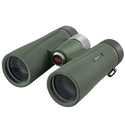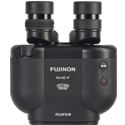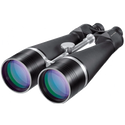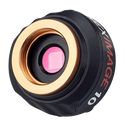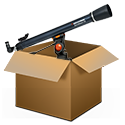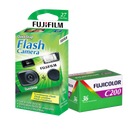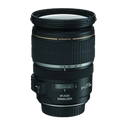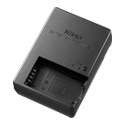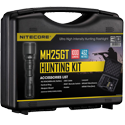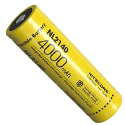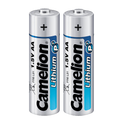General Purpose
If you don't have a specialist purpose in mind you have plenty of choice. If you have a great view and expect to keep them at home, then your best choice might be a large bulky pair. But if you want something to take hiking then go for something more compact.
But how much magnification do I need?
8x or 10x is suitable for most people in most cases. If you think you need significantly more you may want to consider a spotting scope.
I've heard about auto-focus, what's that?
'Auto-focus' or 'focus-free' is a marketing term. What this actually means is the binocular has its focus fixed to infinity, and the optics are designed so that most of the image is in-focus at once. Your eyes do the rest. The downside is older persons, or people who naturally have trouble focusing, may find them uncomfortable or even impossible to use.
I'm looking for a binocular for someone with unsteady hands
A binocular with a lower magnification is easier to hold steady. Alternatively consider getting a binocular that can be fitted to a tripod.



